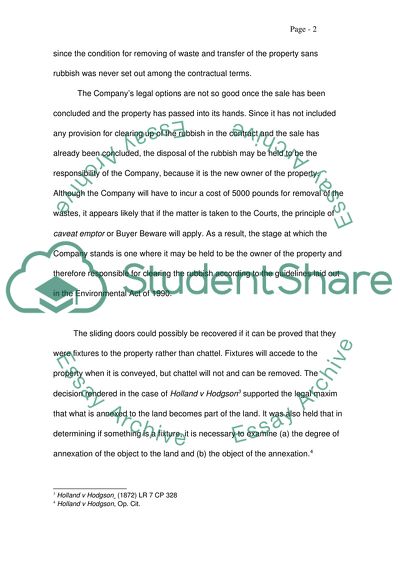Cite this document
(Business Implications of Land Law Assignment Example | Topics and Well Written Essays - 1750 words, n.d.)
Business Implications of Land Law Assignment Example | Topics and Well Written Essays - 1750 words. https://studentshare.org/law/1719453-land-law
Business Implications of Land Law Assignment Example | Topics and Well Written Essays - 1750 words. https://studentshare.org/law/1719453-land-law
(Business Implications of Land Law Assignment Example | Topics and Well Written Essays - 1750 Words)
Business Implications of Land Law Assignment Example | Topics and Well Written Essays - 1750 Words. https://studentshare.org/law/1719453-land-law.
Business Implications of Land Law Assignment Example | Topics and Well Written Essays - 1750 Words. https://studentshare.org/law/1719453-land-law.
“Business Implications of Land Law Assignment Example | Topics and Well Written Essays - 1750 Words”. https://studentshare.org/law/1719453-land-law.


